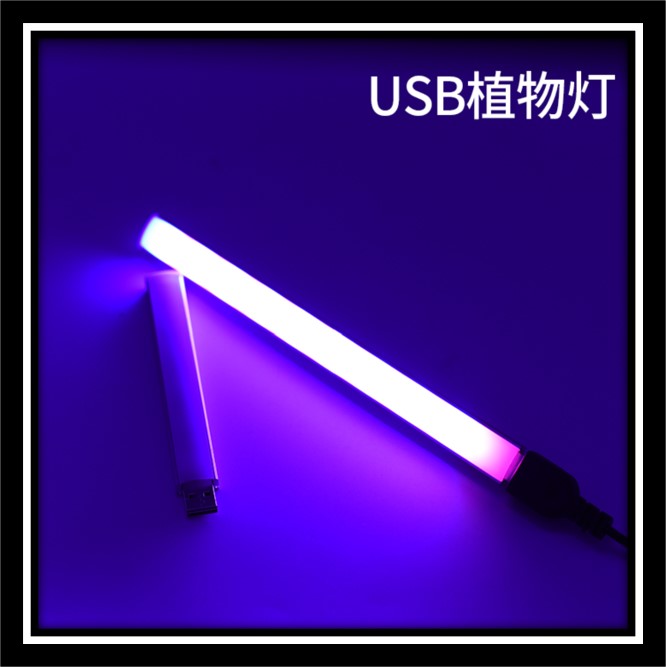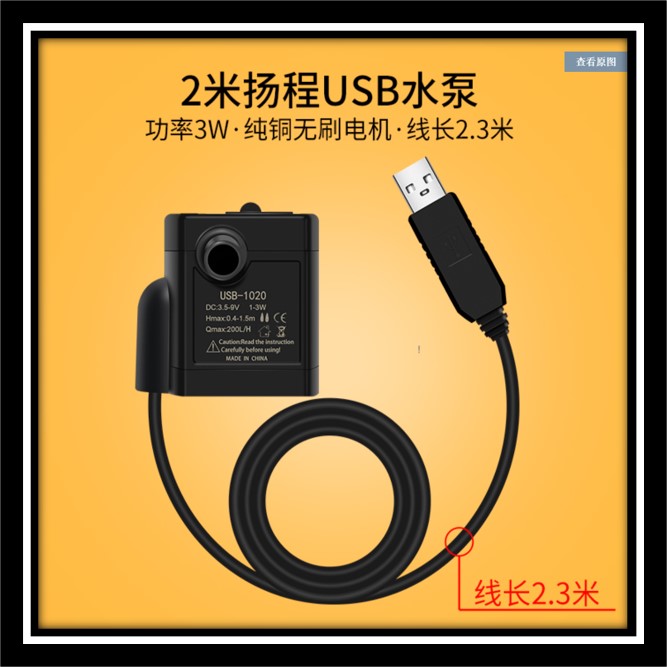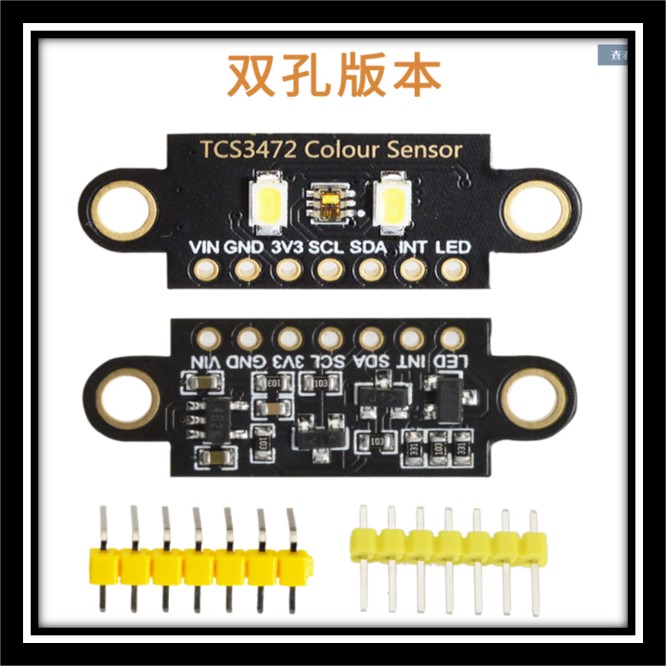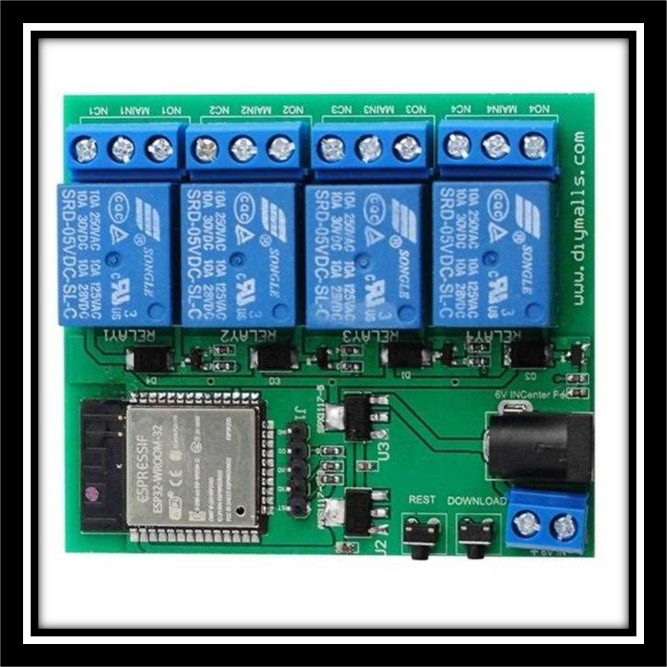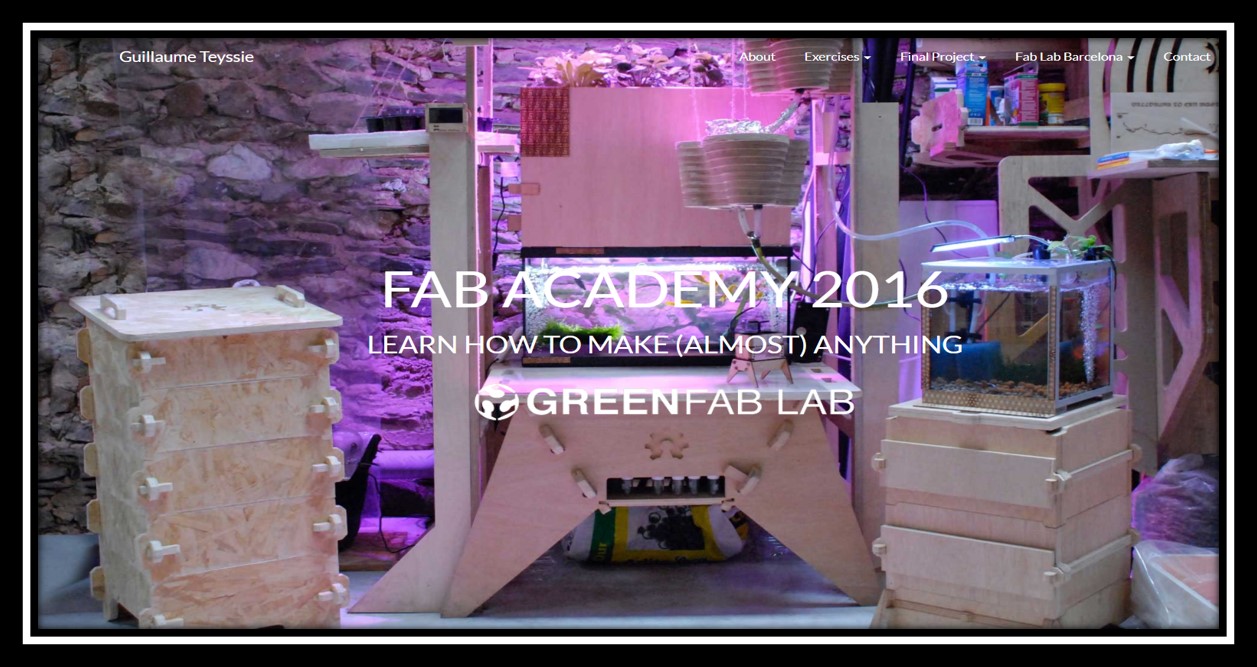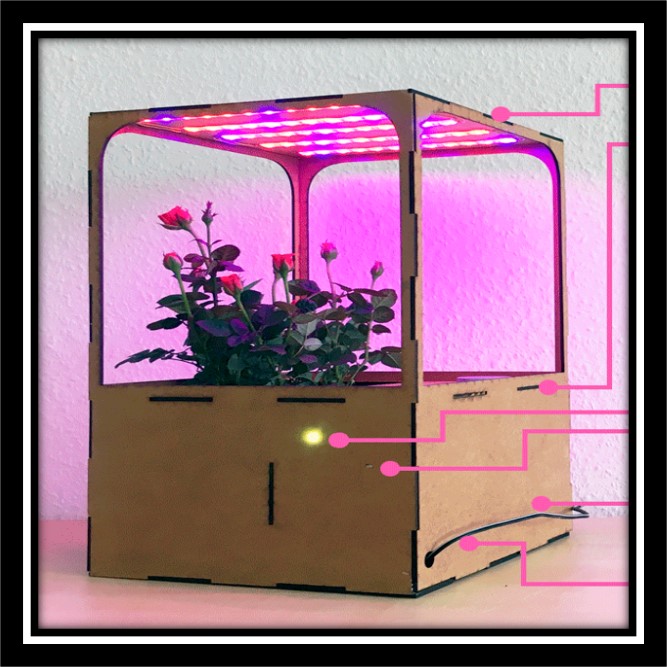17. Applications and Implications¶
For this week, I have learnt on:¶
Different applications what I have learnt last 16 weeks could be implicated in many different fields.
For this week, I have worked on the Applications and Implications for my final project, AquaPonics Pilot System (APPS). The Incorporation of my APPS as follows;¶
- 2D Design
- 3D Design
- Additive Fabrication Process
- Subtractive Fabrication Process
- Electronics Design and Production
- Embedded Microcontroller Interfacing and Programming
- Molding and Casting
- System Integration and Packaging
What will it do?¶
2D and 3D Design, Additive and Subtractive Fabrication are applied and through Electronics Design and Production Processess. I can use any mobile device to control the work of Water Pump, LED Grow Light Bulbs, Solar Panels and the Color Sensor for testing ammonia concentration in water. A specific silicon supporting component are molded and casted for herbs’ growing.
This device is not only to provide an environment for fishes and herbs to live in the fish tank and herb pot area, but also to monitor the water quality by the color sensor testing for ammonia concentration. This can ensure that the water circulation is good for the growth of the fishes and herbs at the same time. The wastes of the fishes which contained nitrogen components which can be utilized by the plant for nutrition. Since this device is made for the study and exchange purposes, this device is designed for smaller size to put anywhere in the workplace and school. This is very obvious different when it is compared with other normal aquaponics project. Connection with LED grow lightning and automatic solar systems, my APPS can be self-sufficient for showing ecosystem and the relationship among solar energy, herbs and fishes.
Recently I have a chance to know more about the daily application of AI techniques for school. I would like to have further development on Herb Identification in the future. I would like to continue to conduct different new project to inherit the spirit of The Fab Academy, Learn to Make (Almost) Anything.
What’s done what beforehand?¶
I have found similar previous Similar Great Projects from The Fab Academy as follows:

Similar Products with the same theme was found in the Hong Kong Market.
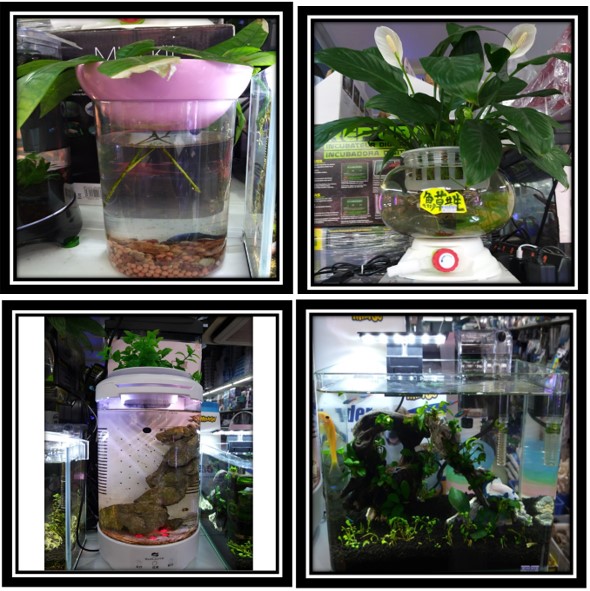
The difference between my design compared with the others is that data collection can be done continuously by the presence of colour sensor in the sensory area. Many students and teachers can use thess data for further STEM studies. The smaller device is also designed for movable and saved space.
What will you design?¶
6 main types of design will be included in my Final Project, APPS as follows:
-
Case Outlook Design
-
Fish Tank design
-
New ESP32 PCB design and production
-
ESP32 Webserver GUI design
-
Herb Pot Holder Design
-
Device Logo Design
What materials and components will be used?¶
- USB Plant Grow Light Bulbs x 2
- USB Water Pump
- Water Pipes
- Plastic Junction
- Color Sensor - TCS3472
- 1.75mm diameter filament, 3D Printer materials with silver and red colour
- ESP32 4 Channel Wifi Bluetooth Relay Module
- Electrical wires

- PCB Copper Plate

- Acrylic Sheet 4’ x 6’ x 5mm

- Two-Way Switch

- Fishes (Swordtail) x3

- Herbs x 3 and Plant x 1

Where will they come from?¶
- From Internet : Taobao
- From Internet : Amazon
- From Stores : Apliu Street
- From Stores : Goldfish Street
- From Stores: Flower Market
How much will they cost?¶
- USB Plant Grow Light Bulbs x 2 (HKD 12.1 x 2)
- USB Water Pump (HKD 48.7)
- Water Pipes x 2 (HKD 6.0 x 2)
- Plastic Junction (HKD 15.8)
- Color Sensor - TCS3472 (HKD 10.4)
- 1.75mm diameter filament, 3D Printer materials with black, silver and red colour (@HKD 44.5 x 3)
- ESP32 4 Channel Wifi Bluetooth Relay Module (HKD 172.4)
- Electric wires (HKD 10.0)
- Copper Plate (HKD 70.0)
- Acrylic Sheet 4’ x 6’ x 1.5mm (HKD 83.0)
- Switch (HK$20)
- Fishes x3 (HKD 3.0)
- Herbs x 3 and Plant x 1 (HKD 80.0)
Estimated Budget = HKD 683.0 (USD 88.24)
What parts and systems will be made?¶
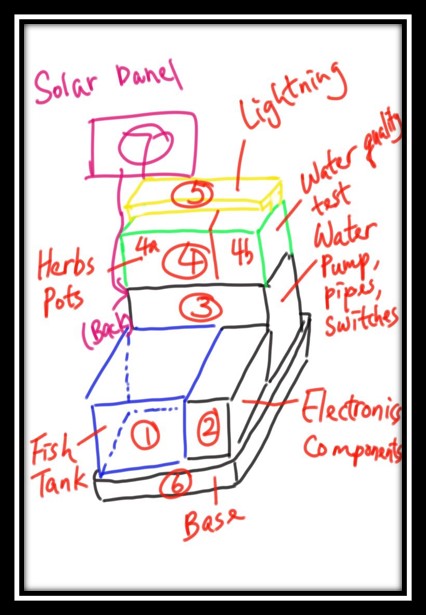
-
The fish tank was made by 5mm Acrylic Plate and cut by laser cutter (GCC LaserPro Spirit LS).
-
The ESP32 PCB was made by copper plate and produced by CNC Milling Machine (Roland Modela Pro MDX-500).
-
The case outlook made by PLA and printed by 3D printer (RAISE 3D Pro2 Plus).
-
The ESP32 webserver GUI was designed for HTML.
-
The Device Logo design by Procreate software and cut by Vinyl Cutter (Brother ScanNCut CM900).
-
The Herb Pot Holders was made by silicon and molding and casting method was used.
-
The Color Sensor was used as a input device.
-
The USB LED Grow Light Bulbs and the USB Water Pump as a output device
What processes will be used?¶
-
2D Design and Vinyl Cutting (Week 3)
-
3D Design and Printing (Week 6)
-
PCB Design and Milling (Week 5)
-
Electronics Soldering (Week 7)
-
Embedded Programming (Week 9)
-
Networking and Communications (Week 14)
-
Interface Programming (Week 15)
-
Molding and Casting (Week 12))
What questions need to be answered?¶
-
What is the appropriate method for leaking of my APPS?
-
What is the design of water pumping system in order to complete water circulation in my APPS?
-
How can be the water flow divided into two routes for normal water circulation and ammonia test?
-
What can I do to solve the energy supply for my APPS automatically?
-
What is the future development for my APPS which is used as a teaching tool?
How will it be evaluated?¶
The following outcomes can be acted as the indicators for the successful operation of my APPS.
-
The water circulation can be worked continuously for the fish living and the plant growing.
-
All electronics components can be worked properly for supporting all systems.
-
No leaking can be found in my APPS.
-
All working systems can be controlled by mobile interfaces.
-
The energy can be supplied constantly for my APPS.
Other Details of the Development on my Project Plan¶
Step 1 Inspiration - What will it do?¶
In 2016, Our Government committed to implement STEM Education in Hong Kong. Therefore, the idea for my final project, AquaPonics Pilot System (APPS) is enlightened from my precious memory of tasting a lettuce that was cultivated by my alumni in 2016 also. Her attentive cultivation was always reminded me that students’ self-initiation and sense of success can be developed under the well-planned school environment and different meaning school activities in order to build up their self-confidence. Through this APPS learning platform, I would like to meet the following goals in different aspects:
- Students can learn the ecosystem from this APPS;
- Students can cultivate their own herbs and fishes by using their unique APPS;
- Students can learn how to make their own APPS;
- Students can collaborate to complete a group APPS project;
- Teachers can use this APPS for teaching tools;
- Teachers can design a tailored curriculum according this APPS;
- Teacher can be enlightened by this APPS to design other teaching tools for the students;
- Students and Teachers in different schools in different countries can use this APPS as a starting point for academic exchange.
Step 2 Background - Who has done what beforehand?¶
After reading many strategies on the promotion of STEM education from Education Bureau and Curriculum Development Council recommended in Hong Kong, I have reflected that some key factors must be included in the school-based STEM education as follows:
- Focusing on student-oriented pedagogy
- Solving daily life problems
- Providing opportunities for students to engage in activities
- Cultivating students’ innovative and creative thinking
- Having the ability to collaborate and solve problems
For the long-term development of school-based STEM education, except present mainstream curriculum, some cross-disciplinary and collaborative curriculum should be designed for the students to arouse the interest and explore the potential in their daily life. Teachers should have the mindset for designing different teaching aids for maximizing the effectiveness of students’ learning. Teachers from diffeent schools can discuss different teaching pedagogies by using project-based sharing platform to stimalute new education insight and vision at this new era.
Previous Similar Great Projects from The Fab Academy
I have read some documentations from Fab Academy students in some previous years inc中uded:
Aquaponics from Guillaume Teyssie, GREEN FAB LAB in 2016:
Grow It Yourself by Albot Dima in 2017
Smart Planter by Svetlana Shishkovets in 2018
Automated Indoor Hanging Garden by Nagi Abdelnour in 2019
Mixoponics Gardening by Muhja Aljaserin in 2020
Similar Market Products
I have gone to a famous shopping hotspot in Hong Kong, Goldfish Market, to search some aquaponics products for my references as follows:




Step 3 - My Lastest Design - What is the scope of my project?¶
After searching for many different products, I have designed my own device for showing the mutual relationship between the ecosystem and the technical techniques. The co-relation of the living of Goldfishes and the growth of Herbs were chosen to apply into this project. A movable and self-designed system is my outimate goal for my sharing learning platforms. There are 6 main parts setting as my scope of this project.

Part 1 Fish Tank
Fishes will put in this part for living and this tank will be connected to the Herb Pots Area by using the water pump in order to complete the water circulation throughout this APPS.
Part 2 Electronics Components Area
Customized PCB will be designed for this APPS to control the work of water pump, color sensor, LED Plant grow light bulbs and power .
Part 3 System Integration Area
Since there are many parts should be integrated to complete this APPS, most of the components should be placed in this area such as water pump, pipes, switches, power supply device.
Part 4 Herb Pots and Water Quality Testing Area
In Part 4a, two or more pots should be placed for hydroponic herbs growing under the waterflow between the fish tank and this area.
In Part 4b, color sensor should be placed in this area for testing the ammonia concentration in the water to test for the water quality in order to indicate the safety index for the living of fishes and the growth of herbs.
Part 5 Lightning Area
LED plant grow light bulbs should be put in this area for the growth of herbs in this APPS which can be placed anywhere and no sunlight can always provided.
Part 6 Device Base
A simple device base whould be produced for integration of the above-mentioned 5 parts in the simplest way.
Step 4 Sources for Components - Where will come from?¶
- From Internet - Taobao

- From Internet - Amazon

- From Stores - Apliu Street

- From Stores - Goldfish Market

- From Stores - Flower Market

Step 5 System Components - What materials and components will be used?¶
- USB Plant Grow Light Bulbs x 2 (Taobao)
- USB Water Pump (Taobao)
- Water Pipes (Taobao)
- Plastic Junction (Taobao)
- Color Sensor - TCS3472 (Taobao)
- 1.75mm diameter filament, 3D Printer materials with silver and red colour (Amazon)
- ESP32 4 Channel Wifi Bluetooth Relay Module (Taobao)
- Electrical wires (Apliu Street)

- PCB Copper Plate (Apliu Street)

- Acrylic Sheet 4’ x 6’ x 5mm (Apliu Street)

- Two-Way Switch (Goldfish Street)

- Fishes (Swordtail) x3 (Goldfish Street)

- Herbs x 3 and Plant x 1 (Flower Market)

Step 6 Budgets Plan - How much will they cost?¶
- USB Plant Grow Light Bulbs x 2 (HKD 12.1 x 2)
- USB Water Pump (HKD 48.7)
- Water Pipes x 2 (HKD 6.0 x 2)
- Plastic Junction (HKD 15.8)
- Color Sensor - TCS3472 (HKD 10.4)
- 1.75mm diameter filament, 3D Printer materials with black, silver and red colour (@HKD 44.5 x 3)
- ESP32 4 Channel Wifi Bluetooth Relay Module (HKD 172.4)
- Electric wires (HKD 10.0)
- Copper Plate (HKD 70.0)
- Acrylic Sheet 4’ x 6’ x 1.5mm (HKD 83.0)
- Switch (HK$20)
- Fishes x3 (HKD 3.0)
- Herbs x 3 and Plant x 1 (HKD 80.0)
Estimated Budget = HKD 683.0 (USD 88.24)
Step 7 Fabrication Plan - What parts and systems will be made?¶
The following systems were planned to implement into this APPS.
- Water Pumping System
The water from the fish tank will be pumped from the bottom part to the upper part of this APPS, herb pots area. The water flow by the water pump is very important for the living of fishes and herbs. Their health is an indicator for the project evaluation.
- Lightning System
To ensure the good health of the herbs, some LEDs were planned to install into this system for the photosynthesis of herbs which can be controlled and remoted by any mobile device.
- Color Sensation System for Ammonia Concentration
The ammonium concentrated should be maintained in low level for fishes to live. A color sensor is set in a small chamber which can test the ammonia concentration from the water in the device immediately. I can get more accurate result because of this arrangement because less errors will be made during the water transfer. This color sensor is also connected to any mobile device for easy display of the safety index.
- Power Supply System
There are two reasons why the solar panels will be used in my APPS because I would like to add the curriculumin of the ecosystem among sunlight, herbs and fishes in the future. Certainly, energy saved from sunlight is a good model for my students and teachers to increase the awareness of the topics of energy conservation and climate change.
- Remote Interface System
The systems of lightning, water pumping and test for ammonia concentration were controlled and remoted by any mobile device as user interface which were above-mentioned. This setup is very convenient for any user would like to try to control my APPS for further study.
Step 8 Fabrication Processes - What processes will be used?¶
- 2D Design
During the learning week of Computer-Aided Design, I have tried to use a multi-purpose drawing tool for 2D design, Procreate, and print a self-designed sticker for my project. I will apply this technique into my APPS to present my project idea through graphic design.
- 3D design
During the learning week of Computer-Aided Design and 3D Scanning and Printing, I have also tried to use a powerful integrated CAD, CAM, CAE and PCB software, FUSION360, for PCB design, any 3D printing and so on. I will apply this tool for my PCB board for controlling all the work of components in my device and the profile of my APPS.
- Additive Fabrication Process
During the weeking of 3D Scanning and Printing and Mechanical & Machine Design, I have tried to use 3D printer to print my own “Fish” and our group “Cat Eye” project. I will apply this technique into printing different components and cases for different functions of my APPS.
- Subtractive Fabrication Process
During the week of Electronics Production, I have made an in-circuit programmer by milling and stuffing the PCB under subtractive fabrication process. I will also apply this process for milling, stuffing, debugging and programming which are used for controlling different work of water pumping, lightning, color sensor and power supply systems.
- Electronics Design and Production
During the week of Electronics Design, Input and Output Devices andI have learnt the knowledge and technique of circuit board design and the workflows used in it. I will use Eagle, which is the PCB design software, to add a microcontroller, LEDs and other related components onto PCB board to control the work of water pump, LED plant grow light bulbs, color sensor and solar panel.
- Embedded Microcontroller Interfacing and Programming
During the week of Embedded Programming, Networking and Communications, and Application Programming for User Interface, I have tried to implement programming and interpret networking & communication protocols under a Graphic User Interface. I will use these knowledge and techniques to let all designed systems can be controlled by a webpage in all electronics devices included all computers, mobile phones, iPads instead of switches pug in my APPS.
- System Integration and Packaging
During this week of Applications and Implications, I have awared that the incorporated is very important for the successful operation of my APPS.Not only the final project should be completed, but also it should be worked and planned for future development. I have tried to build the trial version for testing any part of my APPS and attempted to improve any error or shortcoming in my final APPS. Some previous knowledges, molding & casting and computer-Controlled Machining will be planned to add into my APPS to increase the usability of this teaching tools. I am still searched for any possibility of new technology can be applied into my APPS for sharing with my students, teachers and other schools.
